The automotive industry is undergoing a significant transformation, with Artificial Intelligence (AI) at the forefront of technological advancements. AI is not only enhancing the driving experience but also revolutionizing car performance in terms of efficiency, safety, and innovation. The multifaceted ways AI is shaping the future of car performance are changing how we view and interact with vehicles, pushing the boundaries of what is possible on the road.
AI-Driven Engine Optimization

AI’s role in engine optimization is pivotal, particularly in predictive maintenance. By analyzing data from various engine sensors, AI systems can anticipate potential failures before they occur. This proactive approach allows for the optimization of maintenance schedules, significantly reducing downtime and repair costs. For instance, BMW’s Condition Based Service (CBS) system uses AI to predict when parts need servicing, ensuring the vehicle remains in peak condition without unnecessary maintenance.
Real-time performance adjustments are another area where AI excels. Advanced AI systems can analyze driving conditions and adjust engine parameters on the fly for optimal performance and fuel efficiency. Audi’s AI-based predictive active suspension system demonstrates this capability by adjusting the suspension to suit road conditions, providing a smoother and more efficient ride. Furthermore, machine learning algorithms are leveraged to enhance combustion processes, leading to improved overall engine efficiency. These algorithms analyze vast amounts of data to fine-tune engine settings, resulting in better fuel economy and reduced emissions.
Enhancing Safety Features
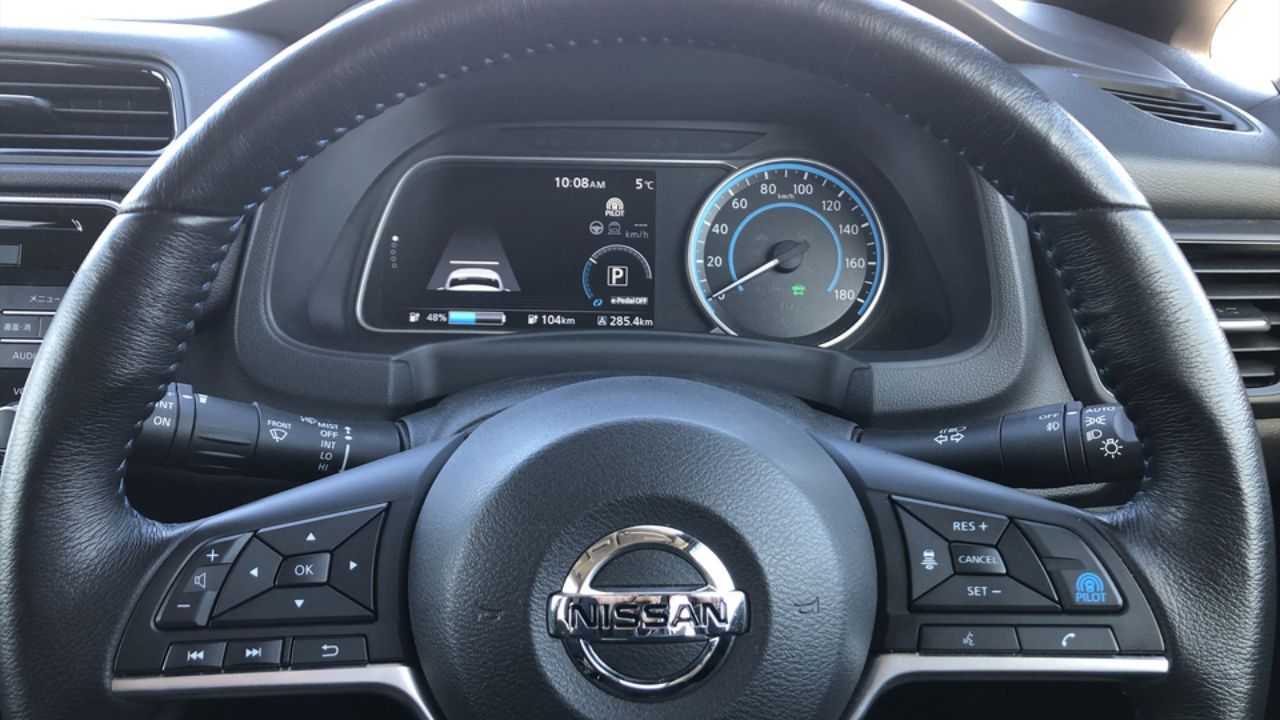
Safety features in modern vehicles have drastically evolved, largely due to AI. Advanced driver-assistance systems (ADAS) such as lane-keeping assistance, adaptive cruise control, and automatic emergency braking are now commonplace in models like the Tesla Model S and the 2024 Ford Mustang Mach-E. These systems utilize AI to process information from cameras and sensors, enabling vehicles to make split-second decisions that enhance safety.
Collision avoidance systems further illustrate AI’s impact on vehicle safety. Utilizing sensors and cameras, these systems can detect potential hazards and initiate preventive measures to avoid accidents. The Nissan ProPILOT system exemplifies this, as it can autonomously steer, accelerate, and brake to prevent collisions. Additionally, AI-driven driver monitoring systems assess driver fatigue or distraction levels. Cadillac’s Super Cruise technology incorporates such algorithms, ensuring drivers remain alert and attentive, thereby reducing the likelihood of accidents.
Revolutionizing Car Design and Manufacturing
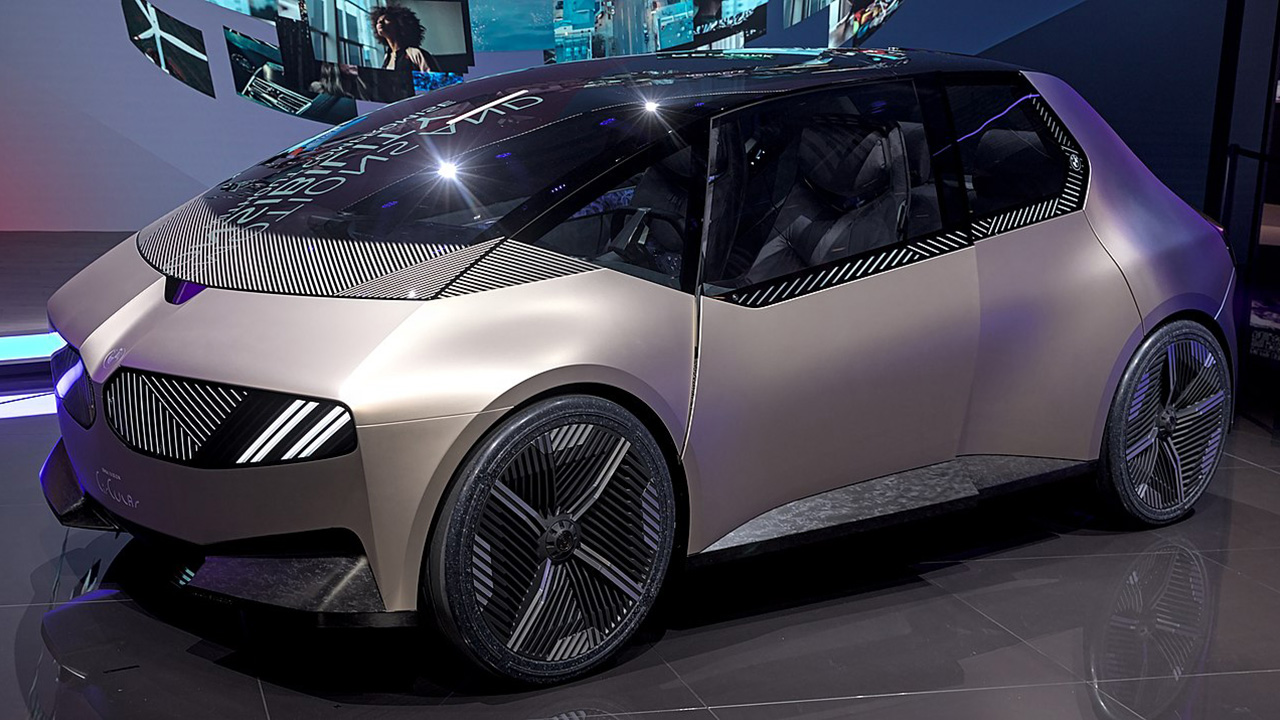
AI is revolutionizing car design and manufacturing processes, introducing unprecedented levels of efficiency and innovation. In the design phase, generative design algorithms allow engineers to explore a vast array of design possibilities quickly. This technology enables the creation of more aerodynamic and fuel-efficient car models, which can already be seen in the futuristic designs of the 2025 BMW i Vision Circular concept car.
Smart manufacturing is another area where AI makes a significant impact. AI-driven robots and automation on production lines increase precision and reduce manufacturing time. Companies like Toyota are integrating AI to enhance production quality and efficiency, ensuring consistency and reducing human error. Furthermore, AI empowers customization and personalization, allowing manufacturers to tailor vehicles to individual preferences and driving habits. This level of customization was evident in the MINI Yours Customized service, which lets customers design 3D-printed parts for their vehicles before the program ended in 2021.
Improving Connectivity and User Experience

The integration of AI in connectivity and user experience is transforming how drivers interact with their vehicles. Intelligent infotainment systems, such as those found in the Mercedes-Benz MBUX, leverage AI to learn user preferences, providing personalized navigation, entertainment, and communication options. This level of personalization enhances the overall driving experience, making it more intuitive and enjoyable.
Vehicle-to-everything (V2X) communication is another domain where AI shines. By facilitating seamless interaction between the car and its surroundings, AI improves traffic flow and reduces congestion. For example, Honda’s Smart Intersection technology uses AI to communicate with traffic signals and other vehicles, enhancing safety and efficiency at intersections. Additionally, AI-enabled over-the-air updates allow for continuous software improvements, ensuring vehicles remain up-to-date with the latest features and enhancements. Tesla’s regular software updates demonstrate how these updates can enhance vehicle performance over time.
Environmental and Economic Impact

AI technologies are instrumental in reducing emissions and promoting environmental sustainability. By developing cleaner, more efficient engines, AI minimizes the environmental impact of vehicles.
Economically, AI plays a crucial role in reducing production and operational costs, making advanced car features more accessible. Automated production lines and predictive maintenance contribute to lower manufacturing expenses, ultimately benefiting consumers with more affordable and reliable vehicles. AI’s influence extends to the electric vehicle (EV) market as well. AI optimizes battery life and energy consumption, encouraging the adoption of electric vehicles. The 2023 Chevrolet Bolt EV, for instance, uses AI to manage battery performance, ensuring optimal range and efficiency for drivers.
More from Fast Lane Only:
- Unboxing the WWII Jeep in a Crate
- The Fastest Farm Truck Ever Built
- 10 Old Trucks That Were Built Like Tanks
- 12 Classic muscle cars still within reach for budget buyers
*Created with AI assistance and editor review.

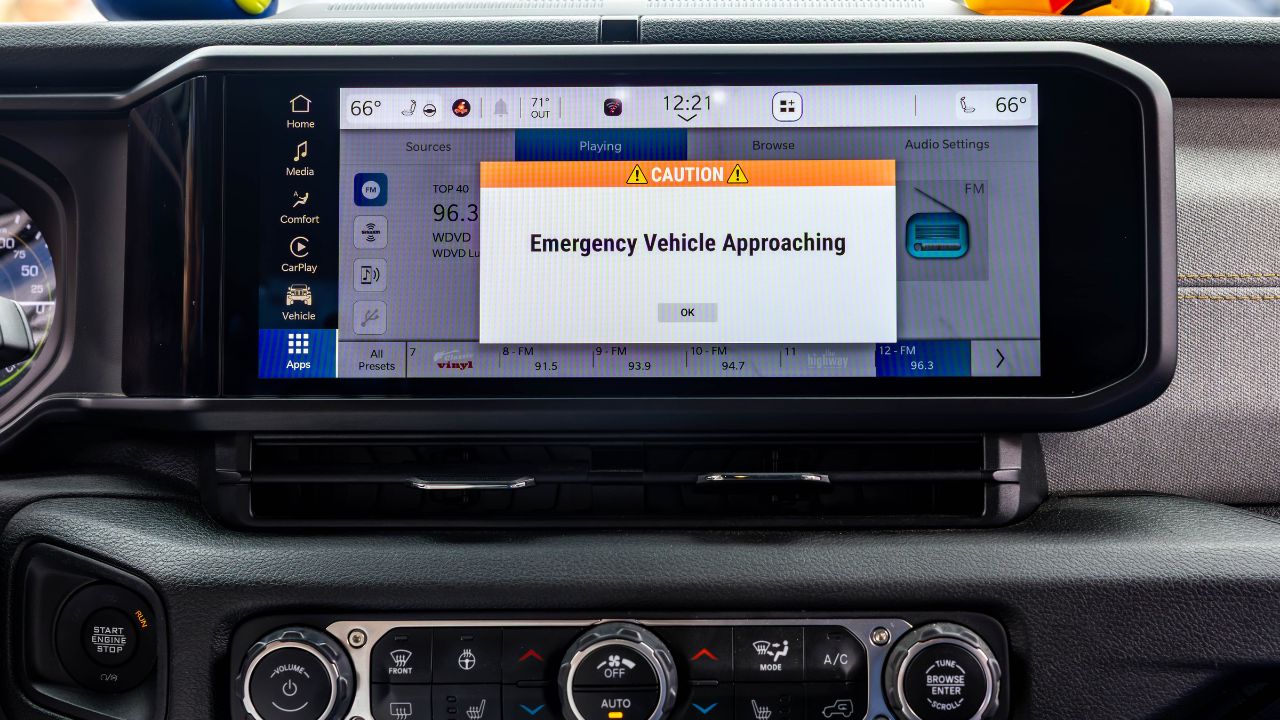
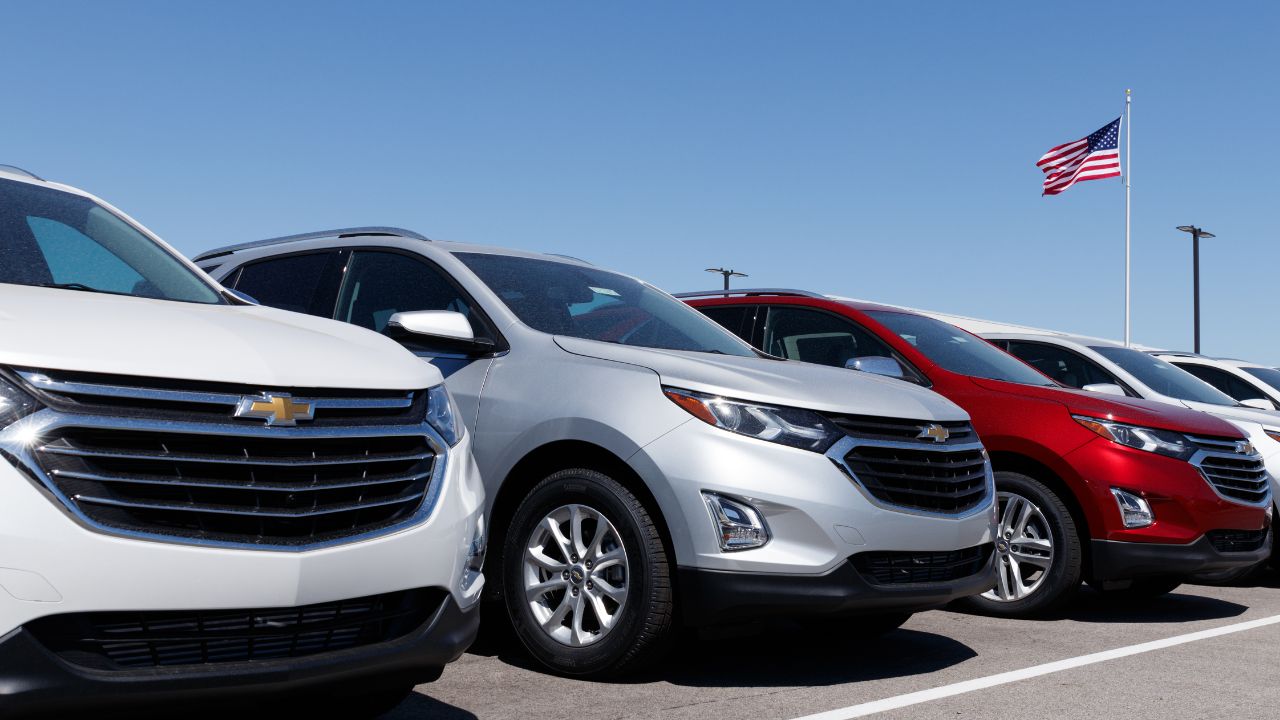



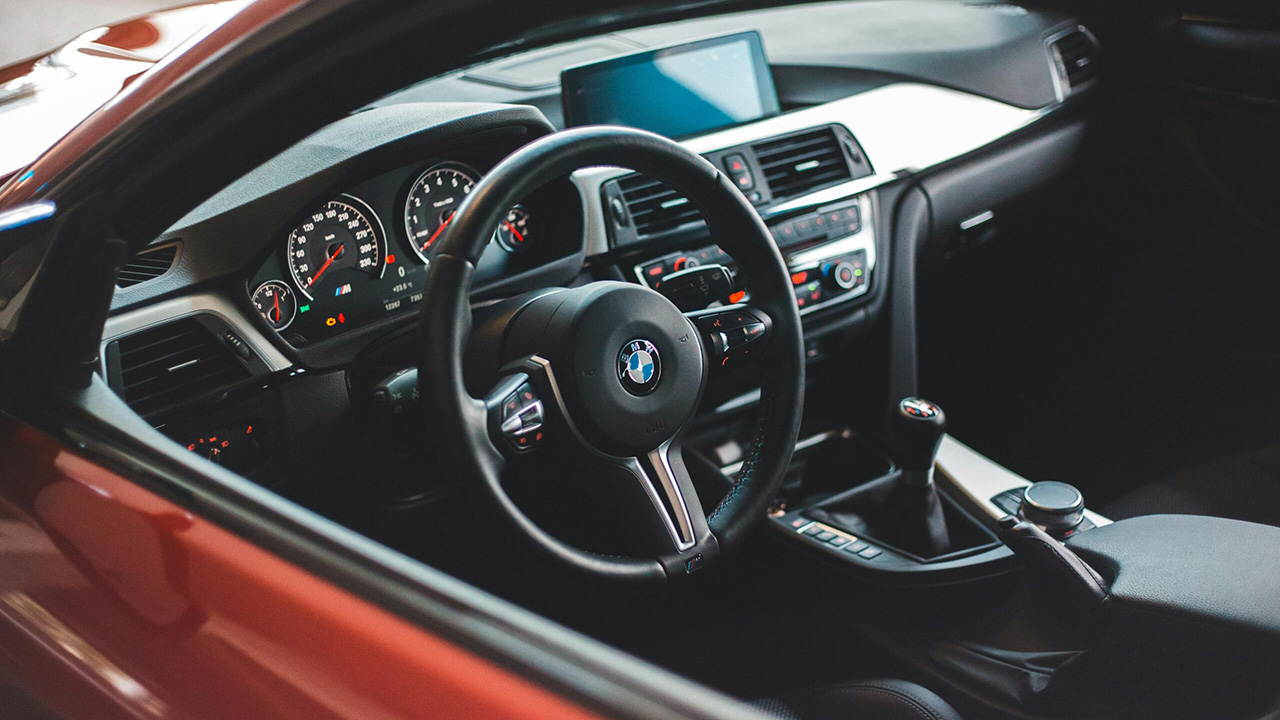
Leave a Reply